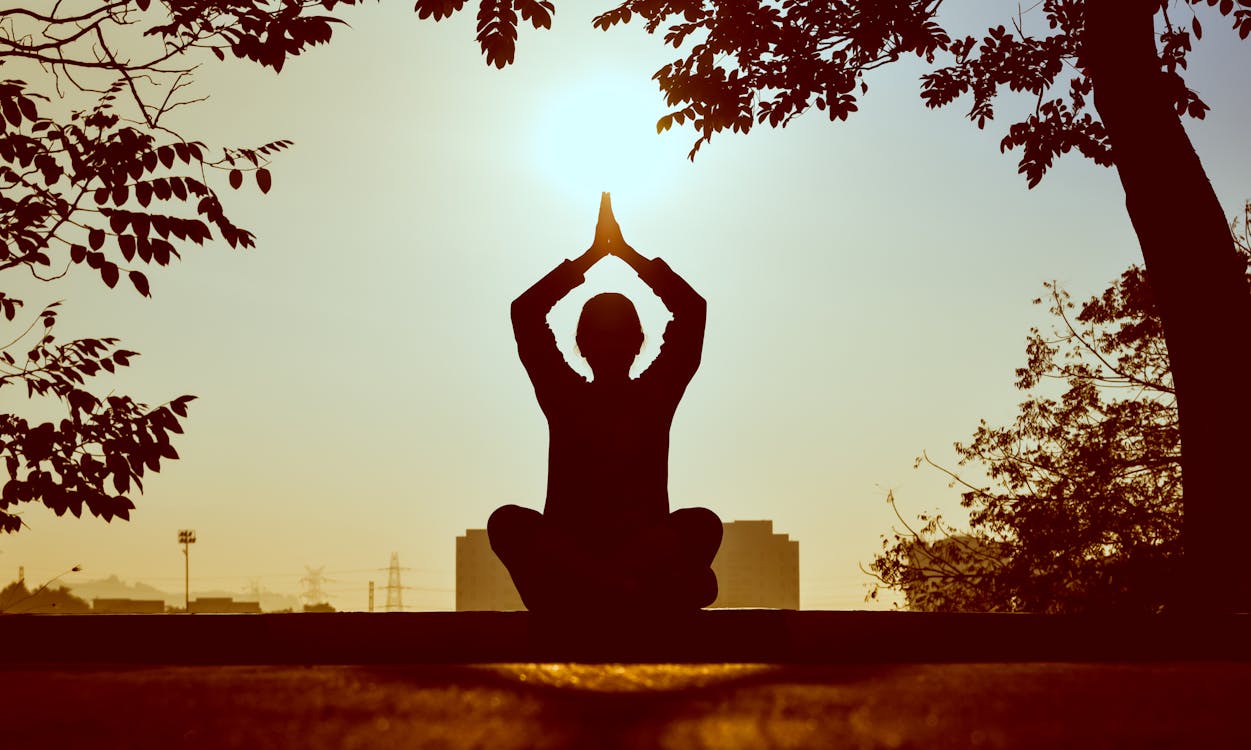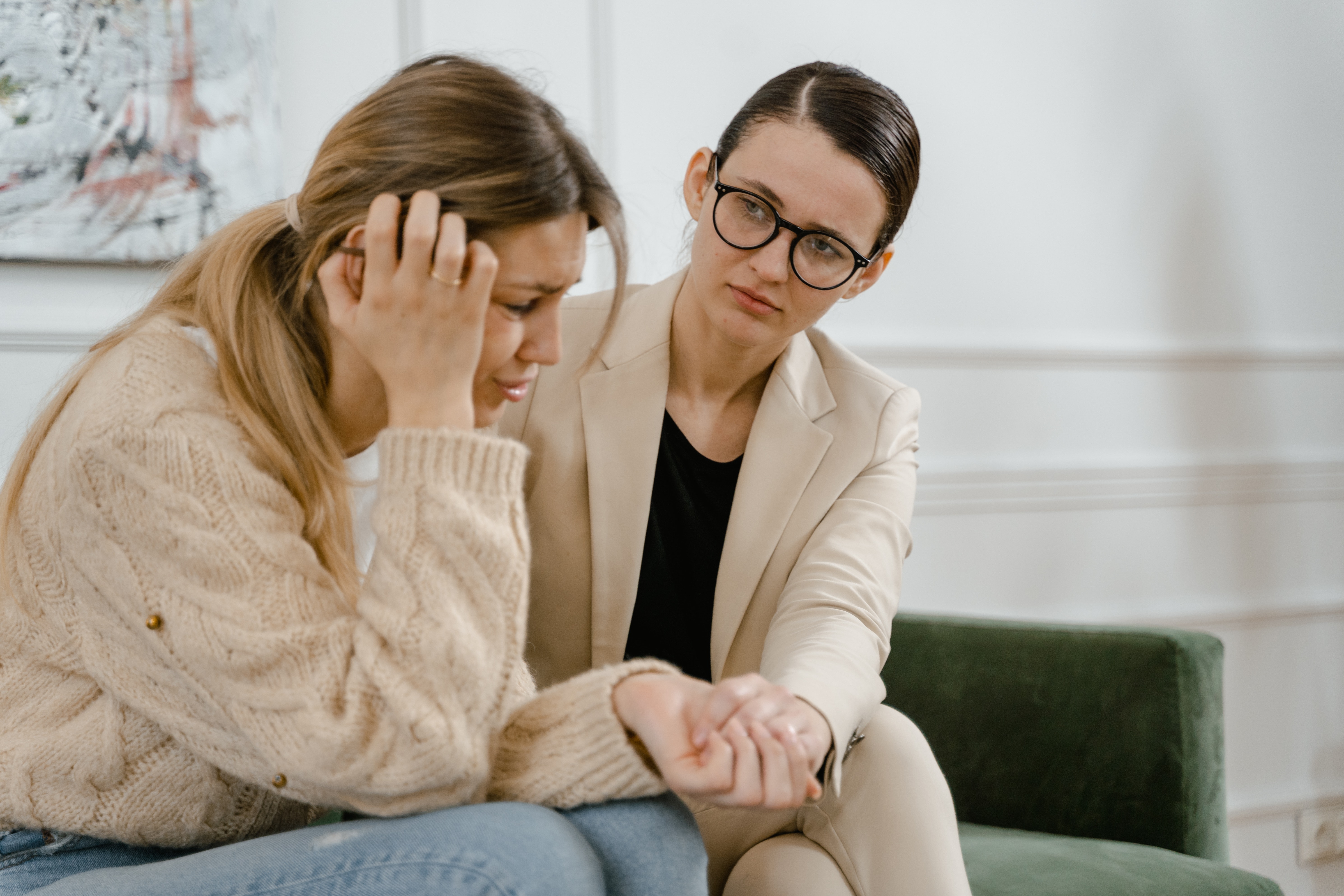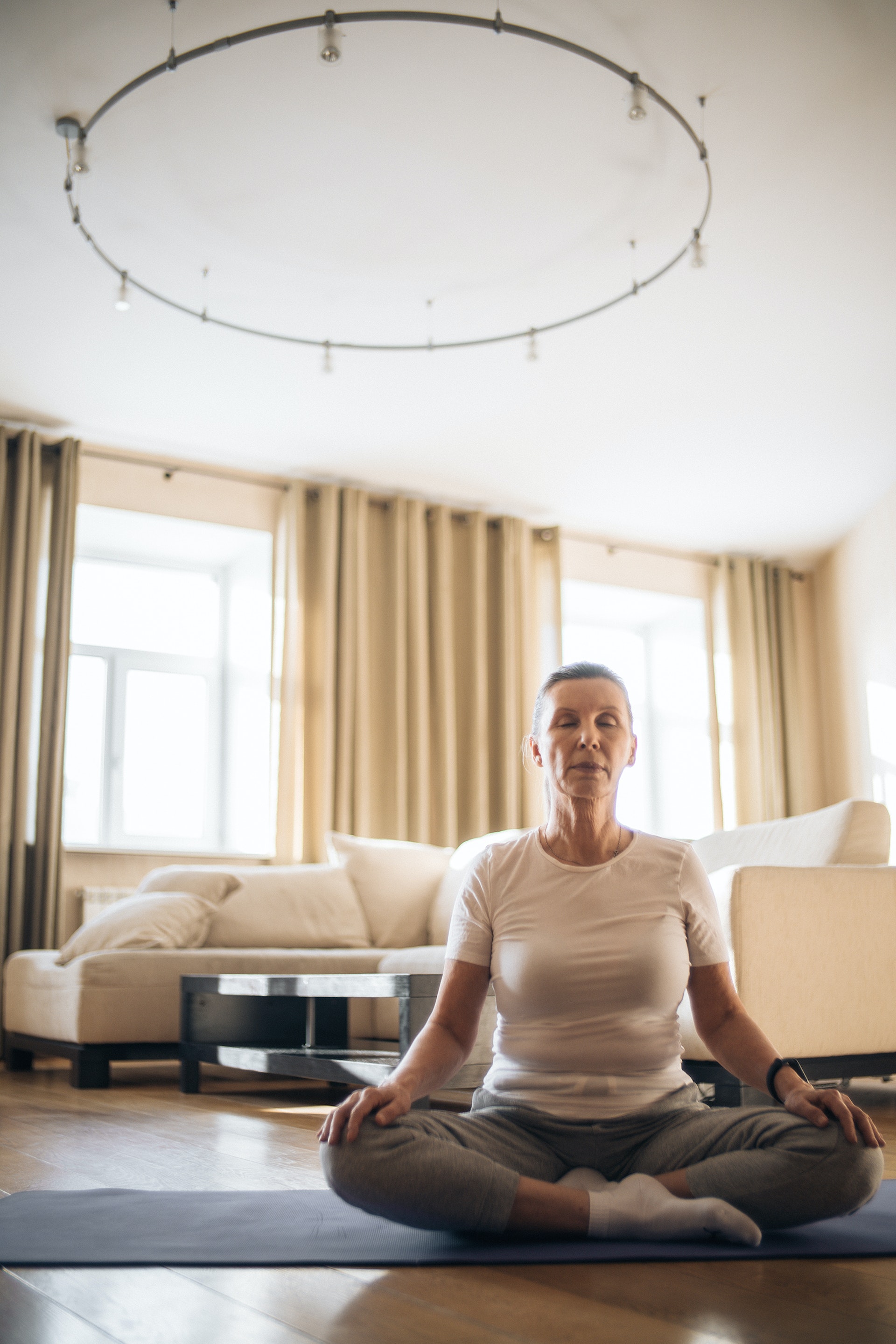
There’s nothing like the serenity, bliss, and relaxation that can come following a good yoga session. In fact, many first-time yoga practitioners are surprised by how elevated their mood is after a yoga class.
One of the primary reasons for this sense of upliftment is that exercise naturally increases serotonin levels in our brains. Seratonin is a neurotransmitter that makes us feel good. Unfortunately, it’s often deficient in people who suffer from depressive disorders.
Symptoms to know if you have an anxiety disorder:

Although there are hundreds of yoga poses, some are particularly good for dealing with anxiety and depression. Here, we will discuss some postures that you can incorporate into your own practice to invite greater mental health into your life.
As you practice these, be sure to breathe steadily and deeply, even when your body feels strained. Ideally, you should maintain ujjayi breath throughout your practice. Doing this will help you remain calm in states of adversity, a skill that can help you stay grounded in many of life’s challenging moments!
